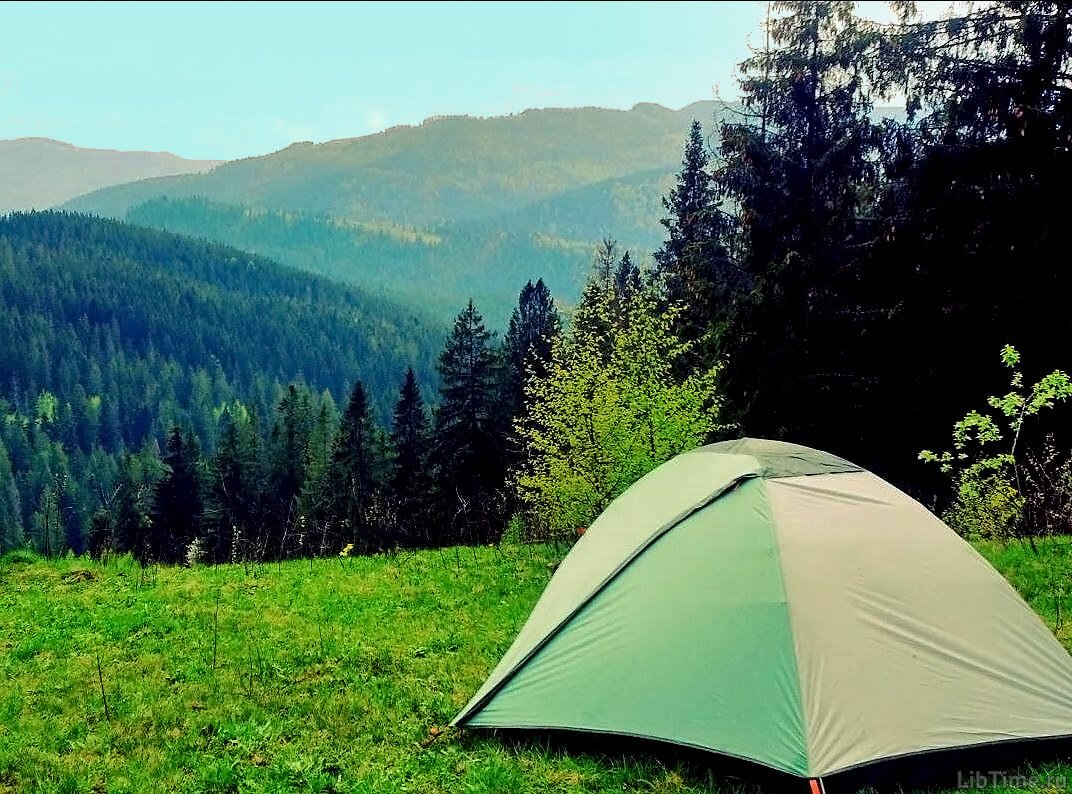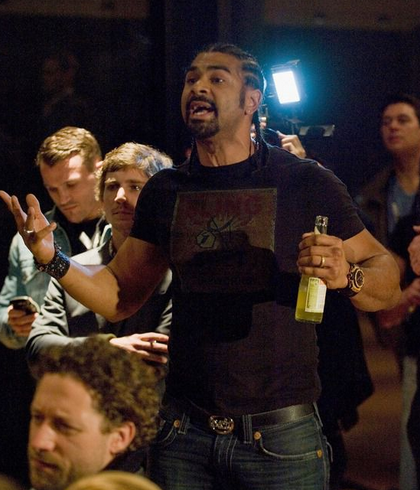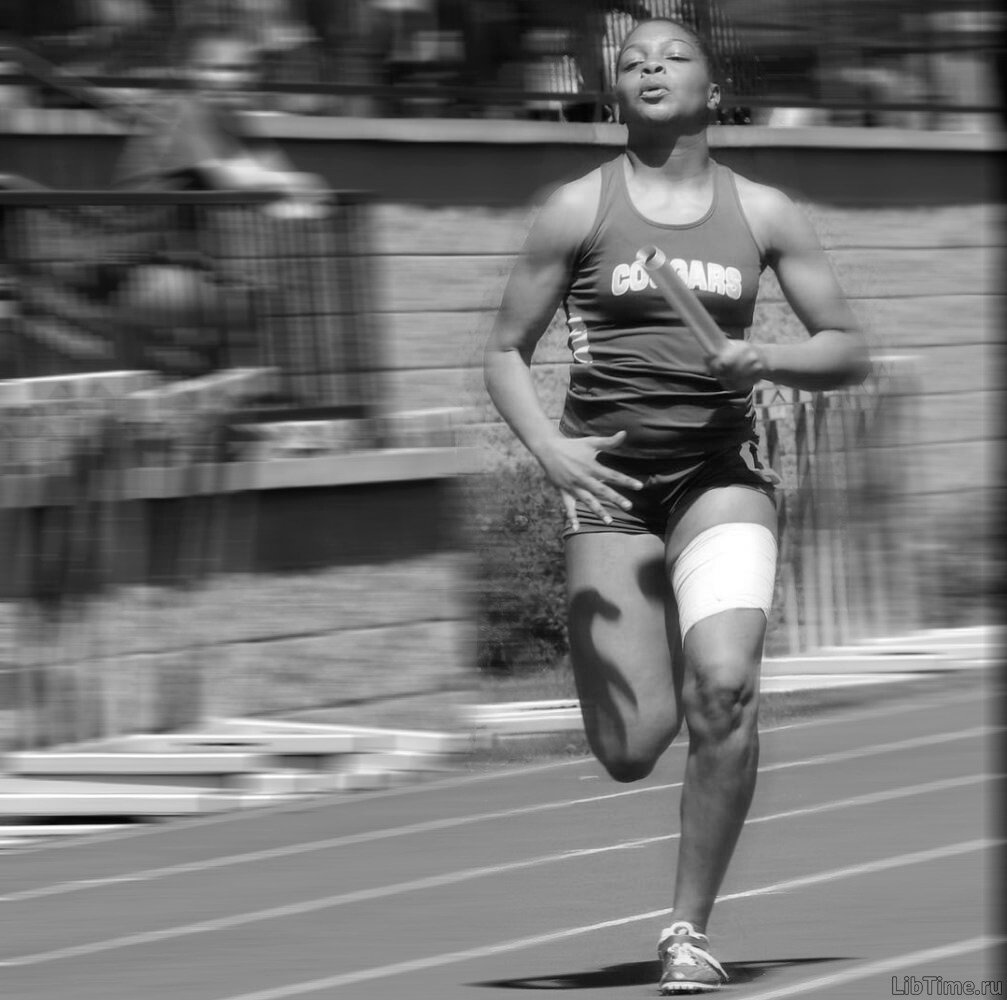What kind of sport to do
So, you are serious about exercising. This is very good, but don't forget, before you start practicing, you should consult your doctor about what kind of sport to do. 
What kind of sport should I choose?
Which sports are the most useful and at what age can you play them? Children of primary school age can be engaged in swimming, figure skating, skiing.
Skating, learning to swim and skiing can be practiced even from the age of 5-6. At first it will be just fun, and then, from 11-12 years - real training. Figure skating can be started from the age of 7-8.
These sports are considered the best for schoolchildren because they are held in the open air, involve in the movement of almost all muscles, well ventilate the lungs, help the heart.
Well develop the muscles of the back, abdomen, improve posture. After all, probably no one has not met a slouch skier, skater or swimmer. In swimmers and skiers many times increases the respiratory power of the lungs, and the heart for each contraction pushes out blood almost twice as much as in untrained, although it is reduced less often.
In the most crucial, tense moments, for example, at any competition, the trained heart can greatly increase its work. At the finish line, when the sports struggle reaches the highest heat, poorly trained skaters or skiers heart rate never exceeds 180-200 beats per minute.
And in masters of sports can reach 270-280! And it returns to normal twice as fast. Figure skating develops good orientation in space, coordination of movements, the ability to perfectly master his body.
What kind of sport to do schoolchildren
In summer, in addition to swimming, most children are fond of sports games. We recommend volleyball, table tennis and basketball for primary school age children. You can start learning these sports from the age of 7-8, and start training from the age of 11-12.
Sports games develop mobility, quick reaction, eye-gaze and another important quality - a sense of camaraderie: because each player - a member of a small team, he is responsible not only for himself, but for the whole team.
It is most useful, of course, to play not in the hall, but on the ground in the schoolyard, at the stadium, in the children's park. From the age of 8-9 years you can begin to engage in athletics. It comprehensively develops the body, strengthens the heart and lungs, fosters strong-willed qualities.
It is recommended to move to training from 11-12 years old. You can include running for 30-60 meters, high jump and long jump with a run-up, cross-country up to 500 meters, throwing into the target. Table tennis, volleyball, badminton, hand ball, soccer, hockey are recommended from sports games. Children of secondary school age can be engaged in bicycling, gymnastics.
For girls especially useful rhythmic gymnastics: it fosters rhythm, grace, develops good posture, grace. Very useful rowing. It can be engaged in it guys from 11-12 years, first on a light pleasure boat, and in high school age - to train in rowing.
Rower's movements well strengthen the muscles, and fresh air on the river has a beneficial effect on the respiratory system. It is not without reason that rowers have a wide chest, and the volume of their lungs twice as much as normal. 
Young men can engage in running with obstacles, boxing, skating, participate in ski competitions at 10-15 kilometers. Girls - sports and rhythmic gymnastics, running on skates, skiing (up to 5-8 kilometers). However, not all sports can be recommended.
Boxing, wrestling, weightlifting, excessive enthusiasm for soccer can bring harm. Training in these sports is allowed only from 13-14 years of age and only under the guidance of experienced coaches.
How to choose the right sport
And yet what to choose, what kind of sport to prefer? Here listen to what real athletes say. All of them were fond of sports, they enjoyed playing volleyball, tennis, basketball, canoeing. But each had his own, cherished, sport.
There is no greater pleasure than the one you get from swimming, - said former USSR swimming champion Kapitolina Vasilieva. - And now, in my coaching job, I try to explain to my young students that everyone should be able to swim well, that water besides the great pleasure brings great benefit: it strengthens and hardens our body.
The evening skating rink is a poem made of light, ice, music and ringing skates! - Honored Master of Sports Rimma Zhukova said: "You can skate together or with a whole company, do figure skating or play hockey. But for me, it's best to race, overtaking the wind. Whoever has experienced at least once the wonderful feeling of speed, he will not leave this wonderful sport.
Such statements can be continued to infinity - everyone has his own taste, his own affection. But not always the first choice was final. What kind of sport to do? This question worries many people and with time everyone realizes that he likes more.
Those who read books about our famous athletes, often came across stories that not all of them went straight to success in sports and achievements, not immediately "found themselves" in this or that sport.
Here is a curious case. Who does not know the name of the multiple champion of the Soviet Union in sambo wrestling, "professor of wrestling" Heinrich Schultz? After all, it was he who revolutionized the history of sambo, defeating the world's best wrestlers - the Japanese - in the first competition. 
And when Soviet wrestlers came to Japan in 1963, there was no doubt who would win. After all, our sambists had to fight with experienced judo wrestlers. In three Japanese cities were to be held meetings. Not only Japanese wrestlers, but also all the fans, all the inhabitants were sure in the superiority of the Japanese style over the Soviet one.
The first meeting ended with the score 3 : 1 in favor of the Japanese. Only Heinrich Schultz won. The spectators followed the fight with interest, but did not attach due importance to the victory of the Soviet athlete: it seemed to them accidental. The second meeting made the hosts think: the score became a draw - 2 : 2. Together with G. Shultz the winner was another of our athletes - Oleg Stepanov.
A storm of passions raged in the sports hall of the city of Yokahama, where the third and last meeting of Soviet and Japanese athletes took place. You bet! Before the last fight Schultz with the best wrestler in Japan "star" judo Yamamoto score was 2 : 1 in favor of the Soviet wrestlers. When the last minute of the fight between the formidable rivals ended, a thunderous shout shook the hall. The score was 3 : 1.
For the first time in the history of judo, the Japanese left the mat defeated - the native walls did not help. Many, reading this story, will shrug their shoulders: "Our victory is good, of course. But Soviet athletes have won many times in other countries as well". That's true.
We told about Henry's victory because the path to this victory was not easy and winding. And it began in the section not wrestling, but... gymnastics. He, a gymnast of the first category, training under the program of masters, once jokingly, challenged to a one-on-one fight stubby, small-sized boy-sambist and won with the first throw.
It seemed incredible! What was the secret? Henry tried to figure it out. But one day, going to the wrestling hall, Henry became fascinated by a sport that was new to him, technically difficult and interesting. This love grew with every month, every year. Schultz trained persistently.
And here in his native Riga, where he once held his first clumsy throw, Heinrich received the first gold medal of the champion of the country. The history of sports knows many such examples.
- The famous Soviet jumper Taisiya Chenchik won her first sports victory not in high jump, but in speed skating.
- Vera Krepkina, whose crowning glory was sprinting distances of 100 and 200 meters, "retrained" and won a gold medal in long jump at the Olympic Games in Rome.
- Nina Dumbadze, before "subduing" the discus and becoming a world champion, at the beginning of her sports career set several USSR records among girls in long jump.

We have told about these examples not by chance. It was not easy to give a sports victory to Heinrich Schultz, but the basis of this victory was an excellent physical preparation of him as a gymnast.
Gymnastics helped Heinrich become a champion wrestler. And it's not a paradox, it's not a joke. Comprehensive physical training is necessary for every athlete: track and field athlete and gymnast, soccer player and shooter, volleyball player and chess player. A trained person is not only physically strong, but also cool-blooded, accurate, disciplined.
He knows how to spend his strength sparingly, to be persistent, purposeful. It is not without reason that they say that competitions are a huge strain not only muscles, but also nerves. The winner is the one who has stronger nerves and stronger will. Perhaps some incident in your life will give you an answer to the question of what kind of sport to take up.


